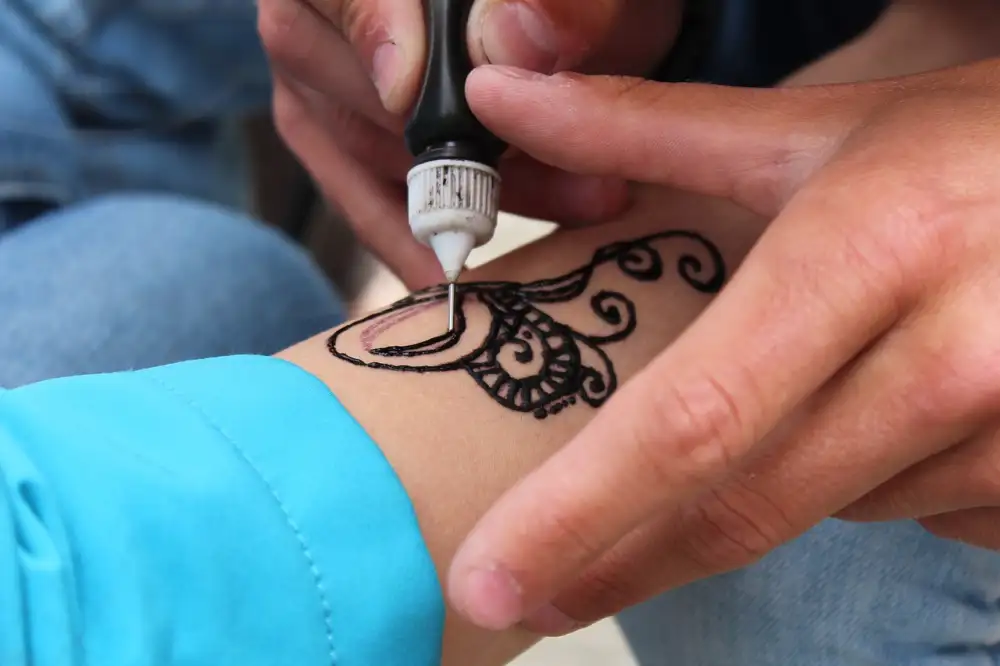Ultimate Crab Cake Recipe

Ingredients
For perfectly flavorful and tender crab cakes, you'll need the freshest ingredients. Here's what to gather:
Fresh crabmeat: Look for lump or jumbo lump crabmeat for the best texture. Avoid using canned crab, as it can be watery and lacking in flavor.
Breadcrumbs: Plain breadcrumbs help bind the cakes together without overpowering the crab. Panko breadcrumbs offer a crispier texture.
Mayonnaise: Adds richness and moisture. You can substitute plain Greek yogurt or sour cream for a lighter option.
Egg: An egg acts as a binder to hold the crab cakes together.
Dijon mustard: A touch of Dijon mustard adds a subtle tanginess that complements the crab.
Worcestershire sauce: A dash of Worcestershire sauce provides a savory depth of flavor.
Old Bay seasoning: A classic crab cake seasoning that adds a blend of herbs and spices.
Fresh parsley: Freshly chopped parsley adds a bright, fresh flavor.
Lemon juice: A squeeze of fresh lemon juice brightens up the flavors of the crab cake.
Salt and pepper: Season to taste with salt and black pepper.
Preparing the Ingredients:
1. Crabmeat: Gently pick through the crabmeat to remove any shell fragments. Be careful not to over-mix, as this can break down the crabmeat and result in a mushy texture.
2. Vegetables: Finely dice any onions, celery, or red bell pepper you're using. Smaller pieces will incorporate better into the crab cakes.
3. Herbs: Chop fresh herbs like parsley, chives, or dill just before adding them to the mixture. This helps retain their flavor and aroma.
4. Wet Ingredients: In a separate bowl, whisk together the mayonnaise, egg, Dijon mustard, Worcestershire sauce, lemon juice, and any other wet ingredients. This ensures even distribution of flavors.
Prepare crab meat
First, let's talk about the star of the show: the crab meat. Using high-quality crab meat is crucial for flavorful and delicious crab cakes. You can use fresh crab meat, but canned or pasteurized crab meat works wonderfully too.
If you're using fresh crab meat, make sure it's cooked. To cook it, steam or boil the crab until the shell turns bright red and the meat is opaque. Let it cool completely before carefully picking out the meat, removing any bits of shell or cartilage.
For canned crab meat, drain it well before using. Gently pat it dry with paper towels to remove excess moisture. This will prevent your crab cakes from becoming watery.
If you're using pasteurized crab meat, it's usually ready to use straight from the container. However, it's a good idea to give it a quick check for any shell fragments and remove them.
No matter what type of crab meat you choose, be gentle when handling it. You want to keep the lumps of crab meat intact for the best texture in your crab cakes. Overmixing can result in tough crab cakes, so handle the crab meat with care.
Combine ingredients
In a large bowl, gently combine the crabmeat, breadcrumbs, mayonnaise, egg, Dijon mustard, Worcestershire sauce, Old Bay seasoning, salt, and black pepper. Be careful not to overmix, as this can make the crab cakes tough. If the mixture seems too wet, add a tablespoon or two of extra breadcrumbs. If it's too dry, add a touch more mayonnaise.
Shape crab cakes
Once your crab cake mixture is thoroughly combined, it’s time to shape the cakes. This step is where your crab cakes take form, and a little finesse goes a long way.
First, prepare a baking sheet by lightly greasing it with cooking spray or lining it with parchment paper. This will prevent sticking and make cleanup a breeze.
Divide the crab mixture into equal portions. The size of your crab cakes is a matter of preference, but aiming for 3-4 ounces each is a good starting point. This usually translates to packing a heaping ¼ cup of the mixture into your hands for each cake.
Gently form each portion into a patty about ¾ inch thick. Avoid packing the mixture too tightly, as this can result in dense, dry crab cakes. You want them to hold their shape but still be delicate.
If you find the mixture is a bit too wet to handle easily, you can lightly dust your hands with flour or breadcrumbs before shaping each cake. This will help prevent sticking and make the process smoother.
Place the shaped crab cakes onto your prepared baking sheet, leaving a little space between each one. If you’re not planning to cook them immediately, you can cover the baking sheet with plastic wrap and refrigerate the crab cakes for up to 2 hours. This will allow the flavors to meld and the cakes to firm up slightly.
Cook crab cakes
To cook truly fantastic crab cakes, you have a few options. Pan-frying is the most popular, yielding a crispy, golden-brown crust. Here's how to do it:
1. Heat a generous tablespoon of butter or oil in a large skillet over medium heat. You want the pan nice and hot before adding the crab cakes, so they sizzle upon contact.
2. Gently place the crab cakes in the hot skillet, ensuring not to overcrowd the pan. They should have ample space to cook evenly and develop a beautiful crust.
3. Cook for about 5-6 minutes per side, or until golden brown and heated through. Resist the urge to flip them too early, as this can cause them to fall apart.
4. Once cooked, remove the crab cakes from the pan and place them on a plate lined with paper towels to absorb any excess oil.
If you prefer a lighter option, baking is a great alternative:
1. Preheat your oven to 375°F (190°C) and lightly grease a baking sheet.
2. Place the crab cakes on the prepared baking sheet, leaving some space between each.
3. Bake for 15-20 minutes, or until golden brown and cooked through. For added browning, consider broiling them for the last minute or two.
No matter your chosen cooking method, always ensure the crab cakes reach an internal temperature of 165°F (74°C) for safe consumption. Serve your crab cakes immediately with your favorite dipping sauce, a squeeze of lemon, and a side of coleslaw or fries for a complete and satisfying meal.
Serve and enjoy!
Now that your crab cakes are golden brown and cooked through, it’s time to indulge in their deliciousness! Carefully transfer them to a serving platter lined with paper towels to absorb any excess oil. Let them rest for a couple of minutes to allow the flavors to meld and the cakes to firm up slightly.
While the crab cakes are taking a breather, prepare your favorite dipping sauces. Tangy tartar sauce, zesty remoulade, or a classic cocktail sauce are all excellent choices. For a lighter option, a squeeze of fresh lemon juice or a dollop of creamy avocado crema will complement the delicate crab flavor beautifully.
When ready to serve, arrange the crab cakes on a bed of crisp salad greens or alongside a refreshing coleslaw. For a heartier meal, serve them with roasted vegetables, creamy mashed potatoes, or a side of fluffy rice pilaf.
Whether you're enjoying them as an appetizer, a light lunch, or a satisfying dinner, these homemade crab cakes are sure to impress your taste buds and leave you craving for more. So gather your ingredients, put on your apron, and get ready to savor the taste of the ocean in every bite!
Published: 01. 07. 2024
Category: Recipes



